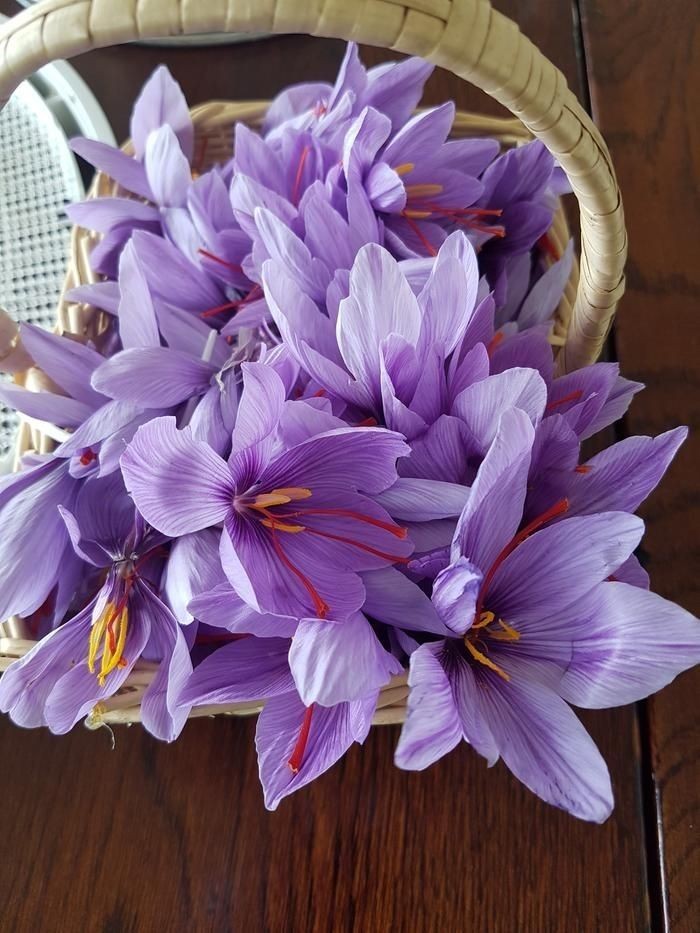Categories
The latest content
-
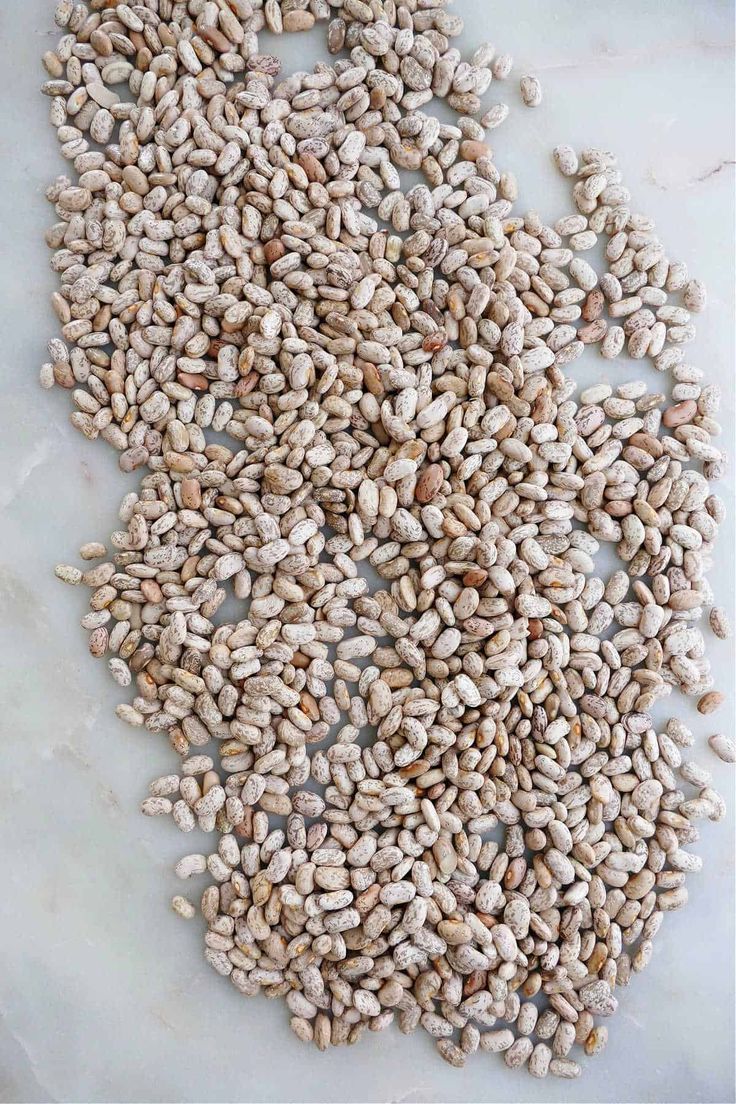
Customs Clearance & Import Regulations for Bulk Iranian Pinto Beans in EU, Middle East & Africa
..
-
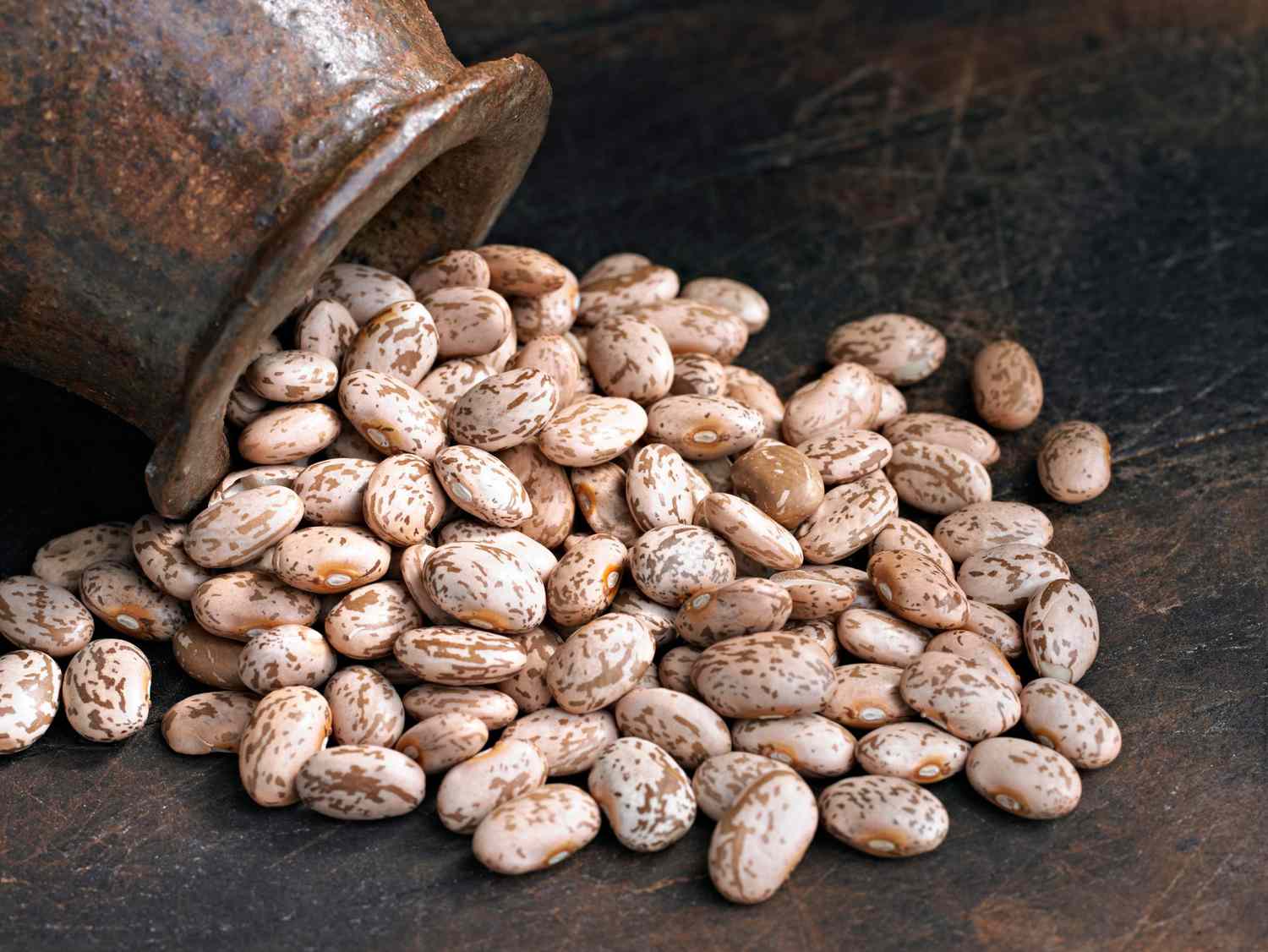
Quality Control & Laboratory Testing Standards for Iranian Pinto Beans
..
-
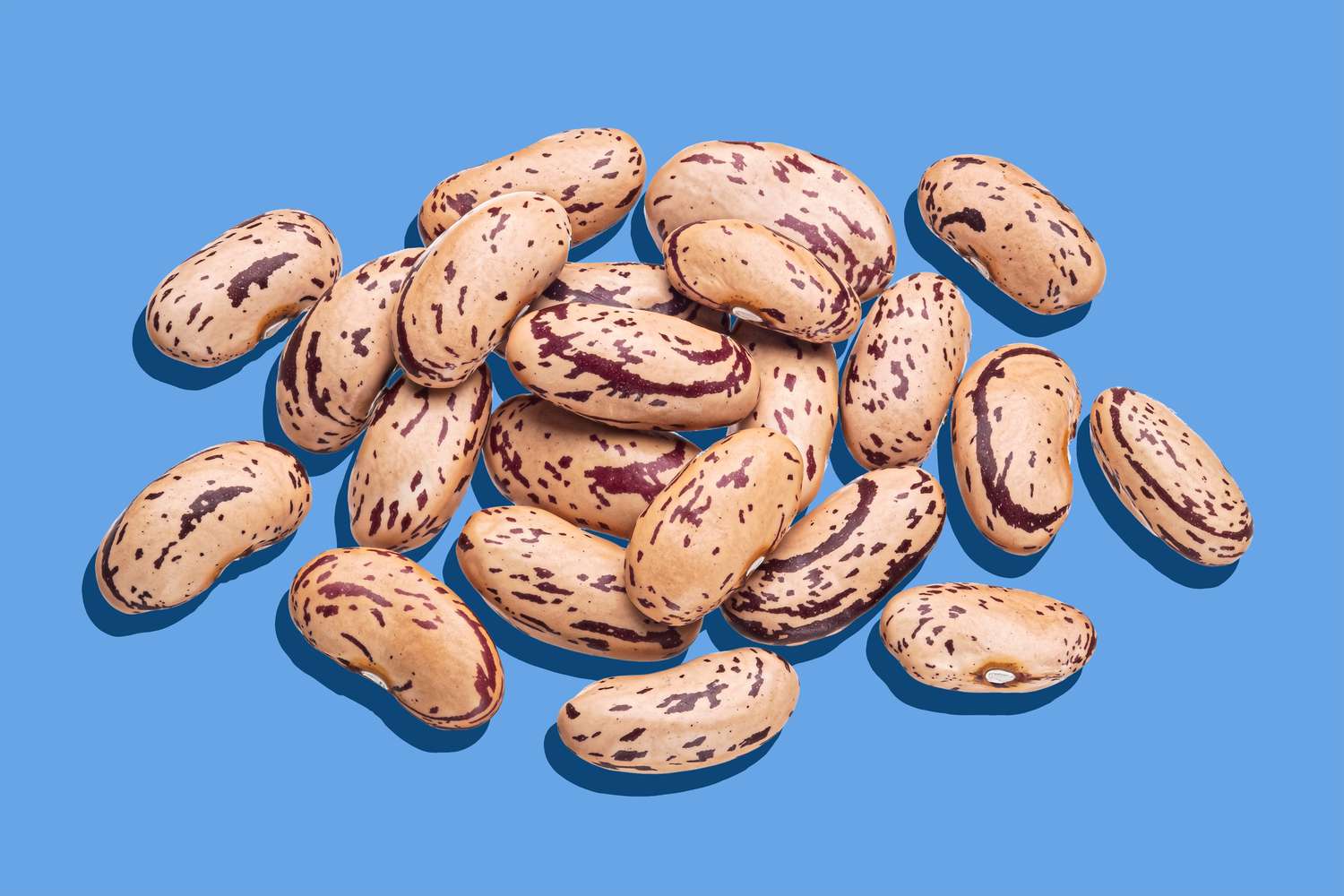
Logistics & Shipping Solutions for Bulk Iranian Pinto Bean Exports
..
-
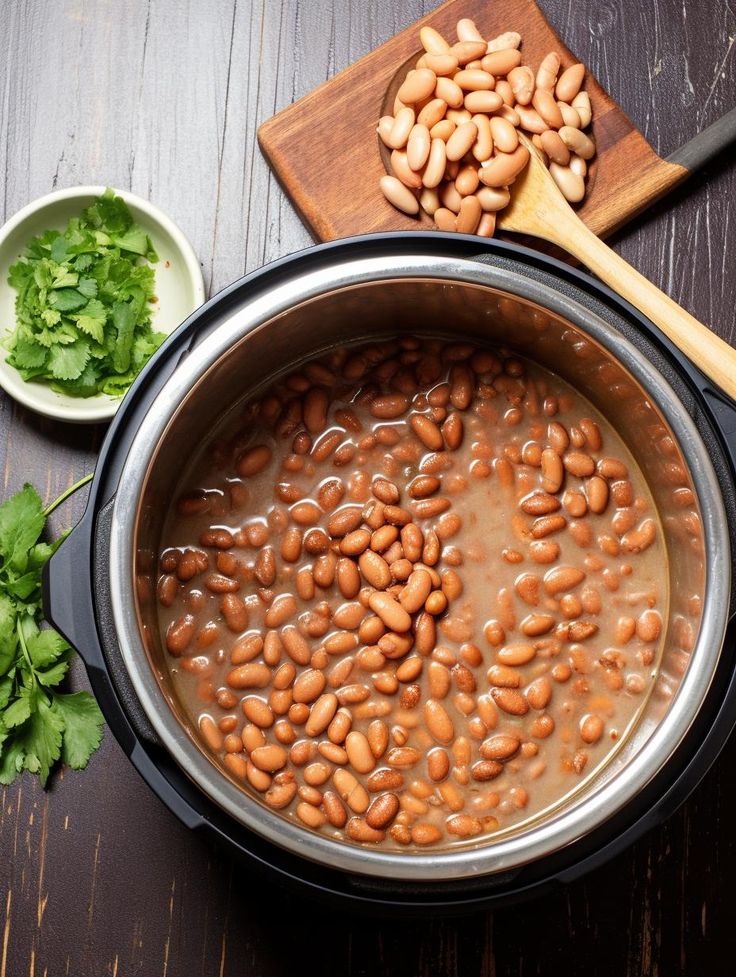
Minimum Order Quantity (MOQ) & Bulk Pricing for Iranian Pinto Bean Buyers
..
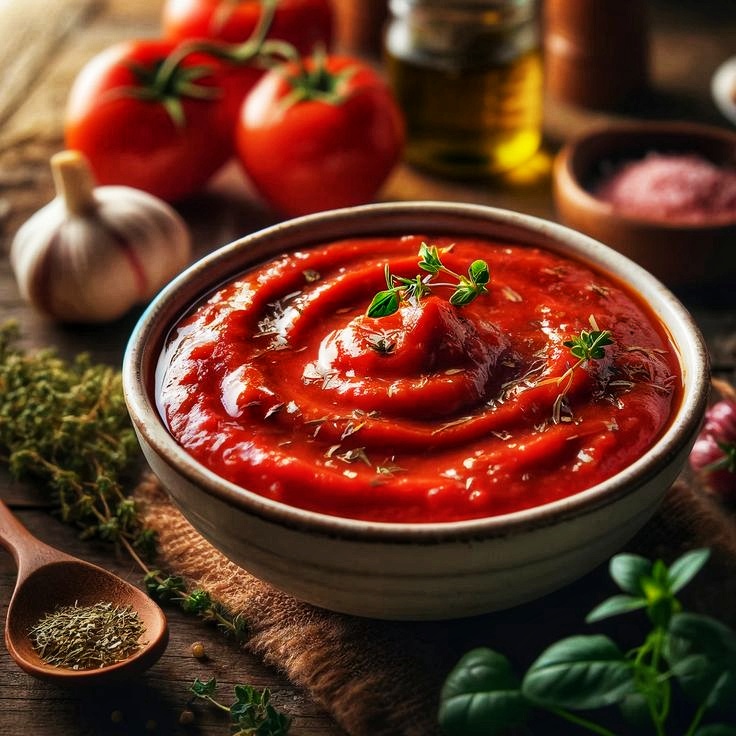
Tags
Global Market Trends & Demand Forecast for Iranian Chickpeas (2025–2026)

A New Era for Iranian Chickpeas:
As global demand for plant-based proteins continues to rise, chickpeas, also known as garbanzo beans, have taken center stage in the international food trade.
Between 2025 and 2026, the global chickpea market is expected to witness steady growth, driven by increasing consumer awareness of healthy diets, vegan products, and sustainable farming practices.
Iran, a long-standing producer of high-quality chickpeas, is positioned to play a major role in meeting this growing global demand. With its rich agricultural heritage, favorable climate, and advanced sorting facilities, Iranian chickpeas have gained a reputation for size uniformity, taste, and versatility.
1. Current Global Market Overview (2024–2025)
The global chickpea market reached an estimated value of USD 15.8 billion in 2024, and is projected to grow at a CAGR of 5.2% through 2026.
Key drivers include:
• Rising popularity of Middle Eastern, Mediterranean, and Indian cuisines
• Increasing production of plant-based protein snacks and hummus
• Growing demand from Europe, the U.S., and East Asia
Iran ranks among the top 10 global producers, exporting both Kabuli and Desi chickpeas. Iranian Kabuli chickpeas, larger and creamier, are particularly sought after in EU and Gulf markets.
2. Export Potential of Iranian Chickpeas
Iran exports chickpeas to over 30 countries, including:
• Turkey, UAE, and Iraq (regional partners)
• Italy, Spain, and Germany (EU importers)
• India and Pakistan (traditional markets)
• South Africa and Kenya (emerging destinations)
Due to the high protein content and natural farming methods, Iranian chickpeas are increasingly preferred by organic and health-conscious consumers.
Export volumes are forecasted to grow 8–10% annually through 2026, especially if supported by modern logistics and digital trade platforms.
3. Price Trends & Market Forecast (2025–2026)
The international price of chickpeas fluctuates due to crop yields, shipping costs, and currency volatility.
In 2025–2026, global prices are projected to stabilize between USD 2,600–2,950 per metric ton (CIF) for premium Kabuli grades.
Factors influencing prices include:
• Drought conditions in India and Australia (major competitors)
• Increased freight costs in the Red Sea and Suez Canal routes
• Higher demand from plant-based food manufacturers
Tamila Agrifood’s close cooperation with Iranian farmers ensures consistent price stability and supply reliability, helping buyers mitigate risks from global volatility.
4. Key Consumer & Industry Trends
The 2025–2026 chickpea market is shaped by three major trends:
1. Vegan & Flexitarian Diets: Demand for chickpeas as a meat alternative in soups, stews, and snacks.
2. Value-Added Processing: Roasted chickpeas, chickpea flour, and protein powders are gaining traction in food industries.
3. Sustainability: Importers now prioritize suppliers with Organic, HACCP, and Fair-Trade certifications.
Iranian producers are adapting fast, integrating modern irrigation, traceability systems, and eco-friendly packaging to meet global sustainability goals.
5. Export Logistics & Supply Chain Developments
With Iran’s strategic location connecting Asia, Europe, and Africa, export logistics are becoming increasingly efficient.
Tamila Agrifood employs optimized routes via Bandar Abbas, Chabahar, and southern Gulf ports, ensuring competitive delivery times.
Additionally, improved cold-chain and moisture-controlled shipping technologies protect the natural texture and flavor of chickpeas during transit.
6. Strategic Recommendations for Importers (2025–2026)
For importers planning to source chickpeas from Iran:
Diversify suppliers, long-term partnerships ensure stable pricing.
Request certified products, Organic, ISO, and Halal documentation boost market access.
Lock-in framework agreements, useful for maintaining consistent year-round supply.
Tamila Agrifood offers flexible B2B contracts and volume-based pricing models tailored to wholesalers, processors, and retail distributors.
7. The Outlook: A Positive Future for Iranian Chickpeas
From 2025 to 2026, the chickpea trade is set for sustainable growth across both traditional and emerging markets.
Iran’s ability to provide premium quality, cost-effective, and certified products positions it as a trusted global supplier.
At Tamila Agrifood, our goal is to strengthen Iran’s role in the international agrifood supply chain, connecting farmers, exporters, and importers through transparent trade relationships built on trust and quality.
Conclusion
The future of the Iranian chickpea industry is bright.
With robust global demand, strong export infrastructure, and commitment to certification and sustainability, Iranian chickpeas are ready to dominate the international market.
Get in touch with Tamila Agrifood today to secure your 2025–2026 supply contract and explore competitive pricing for premium Iranian chickpeas.
Email: tamilaagrifood@gmail.com
Phone / WhatsApp: +989141858935



